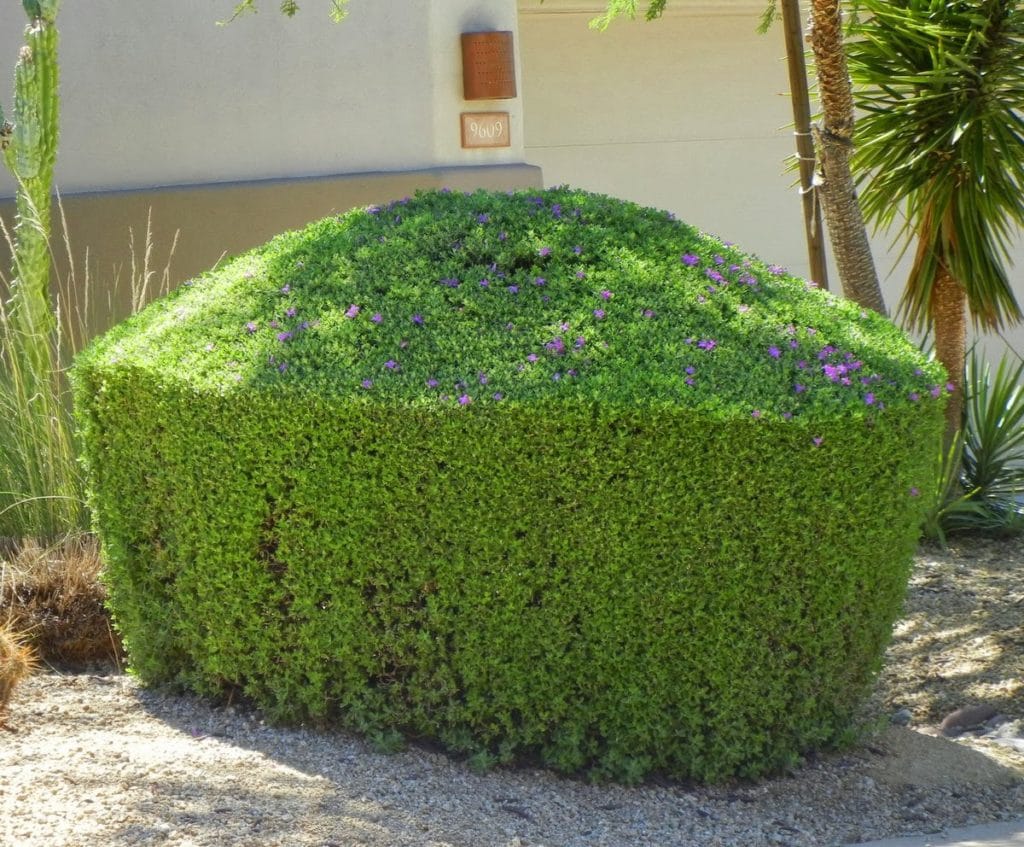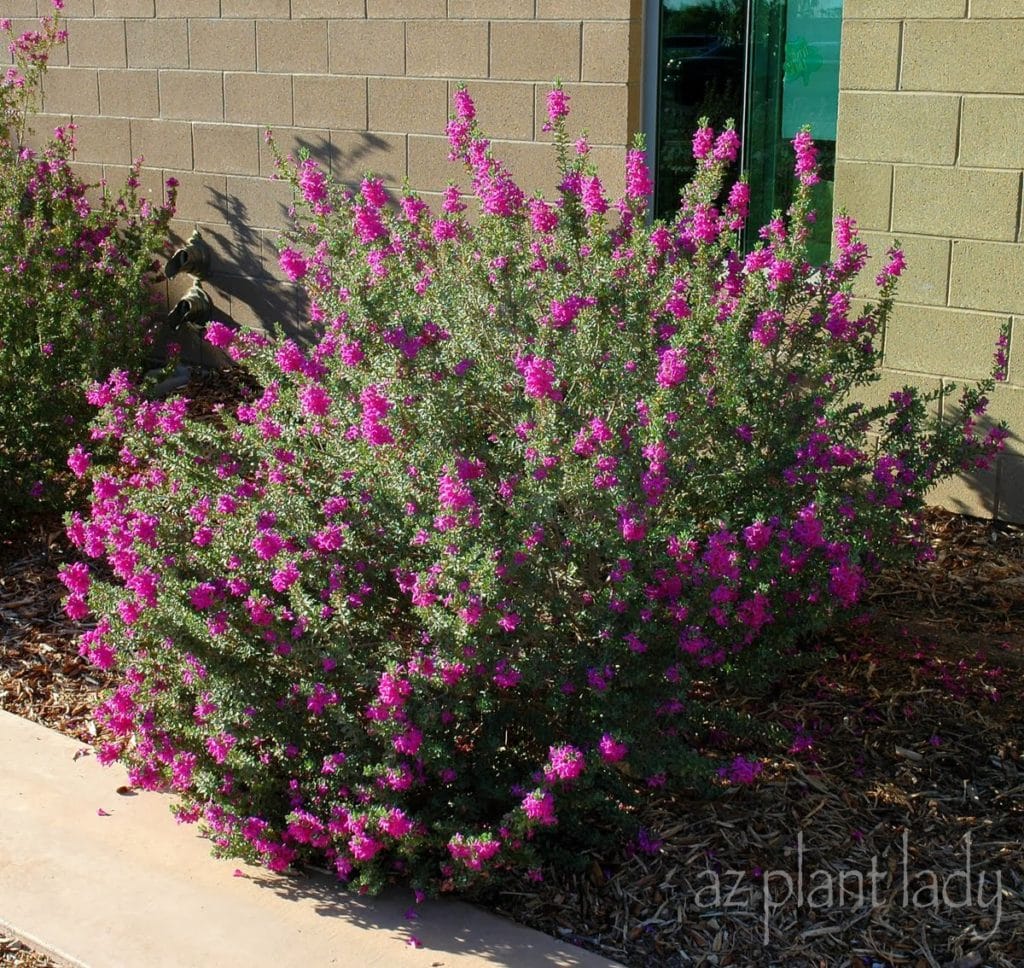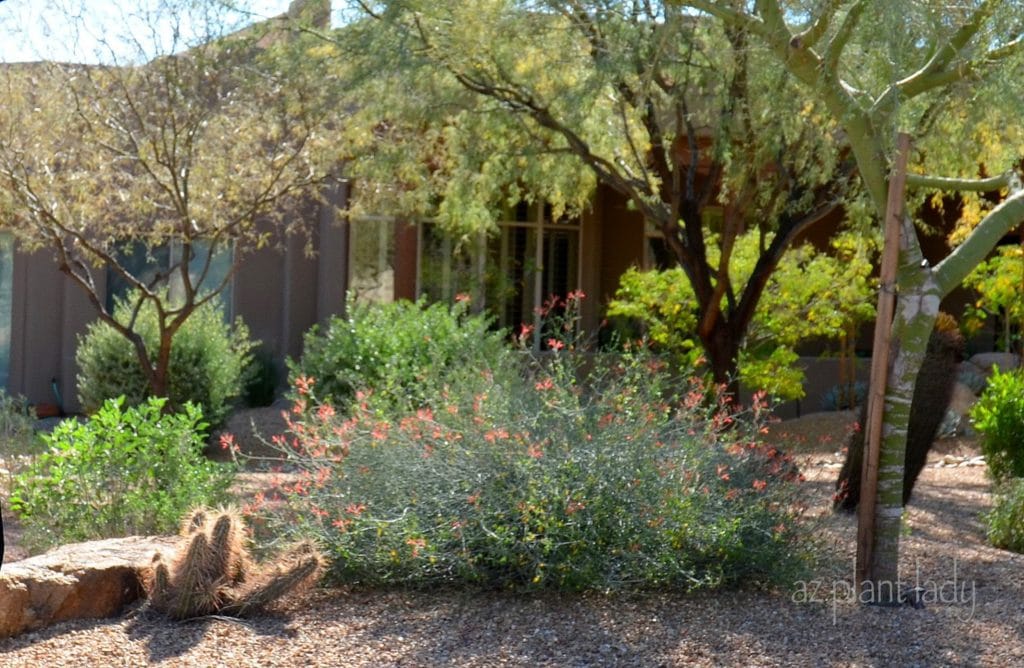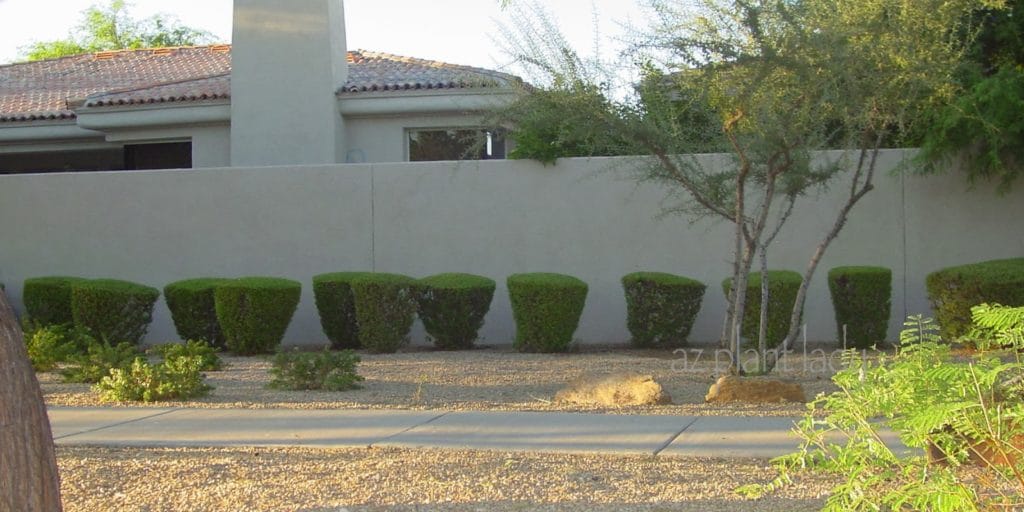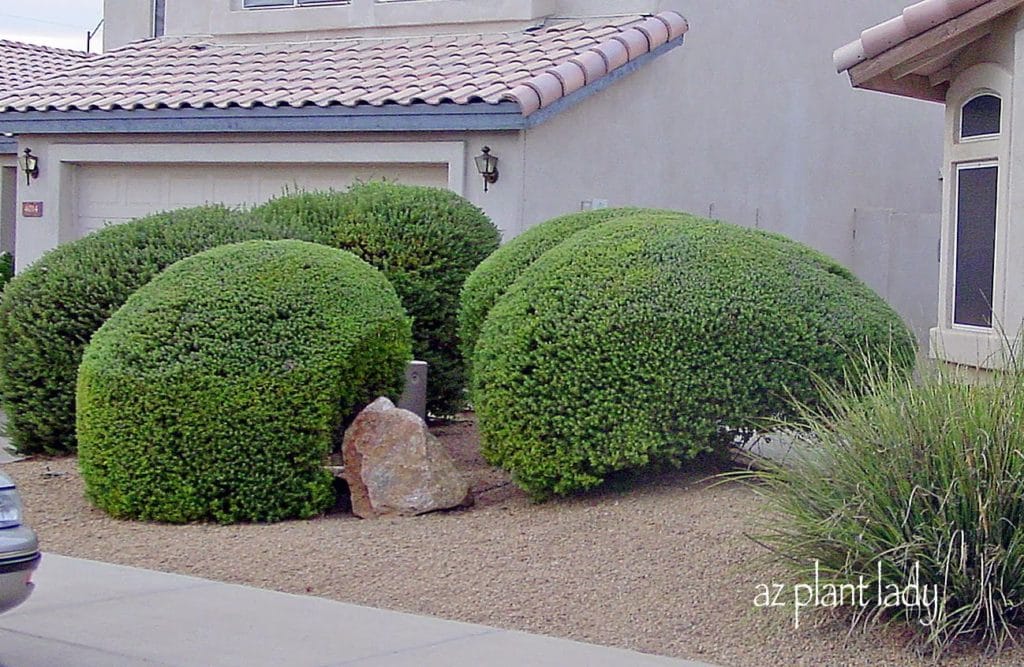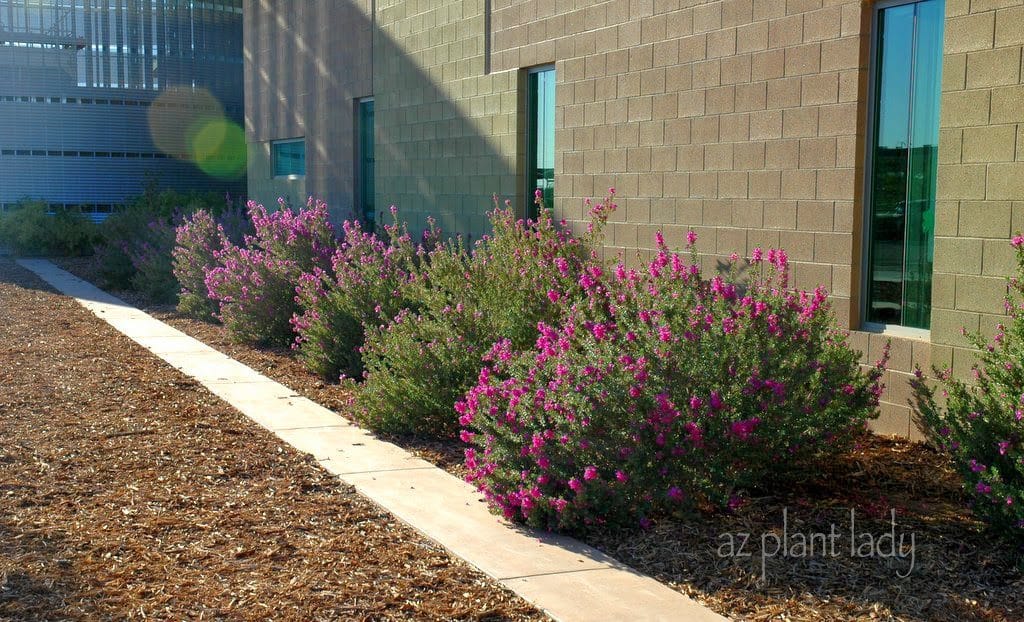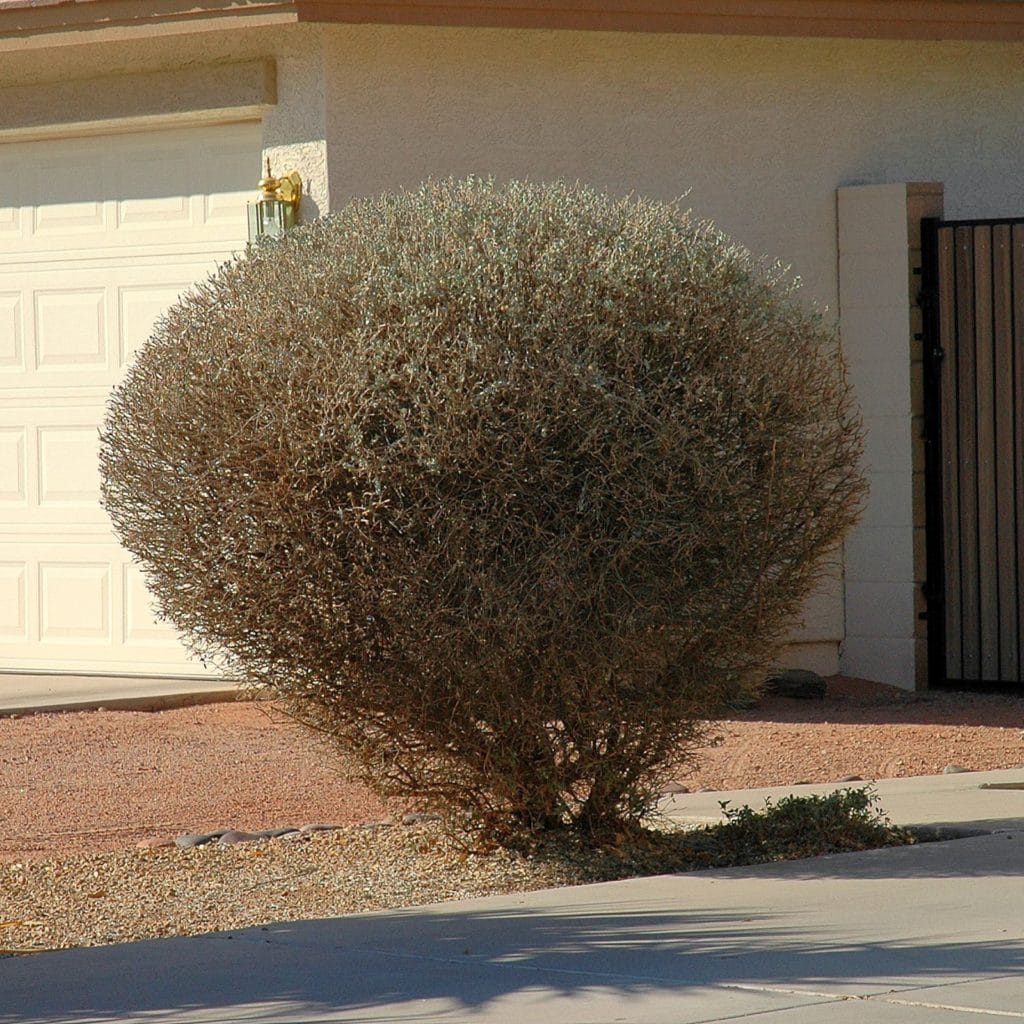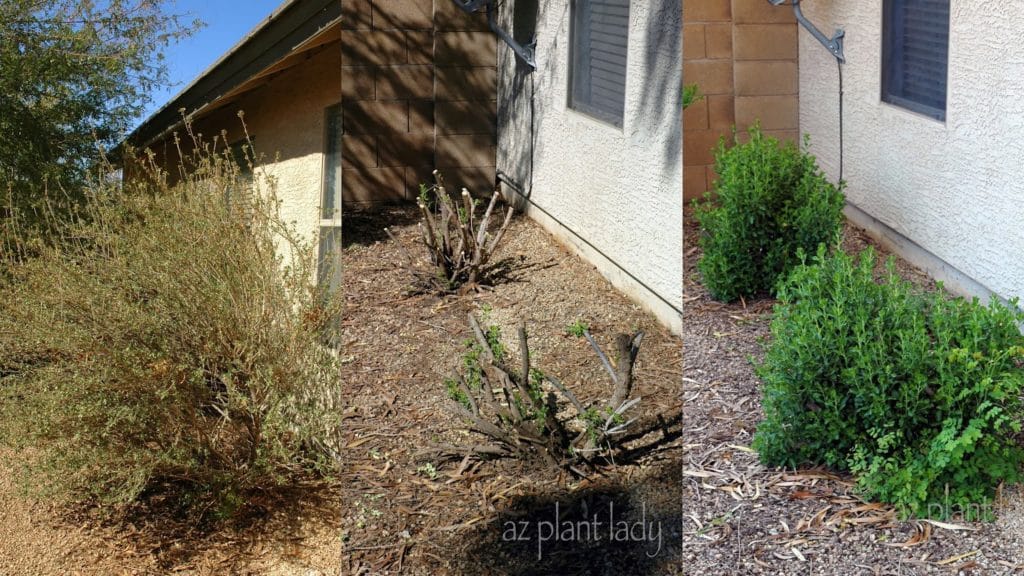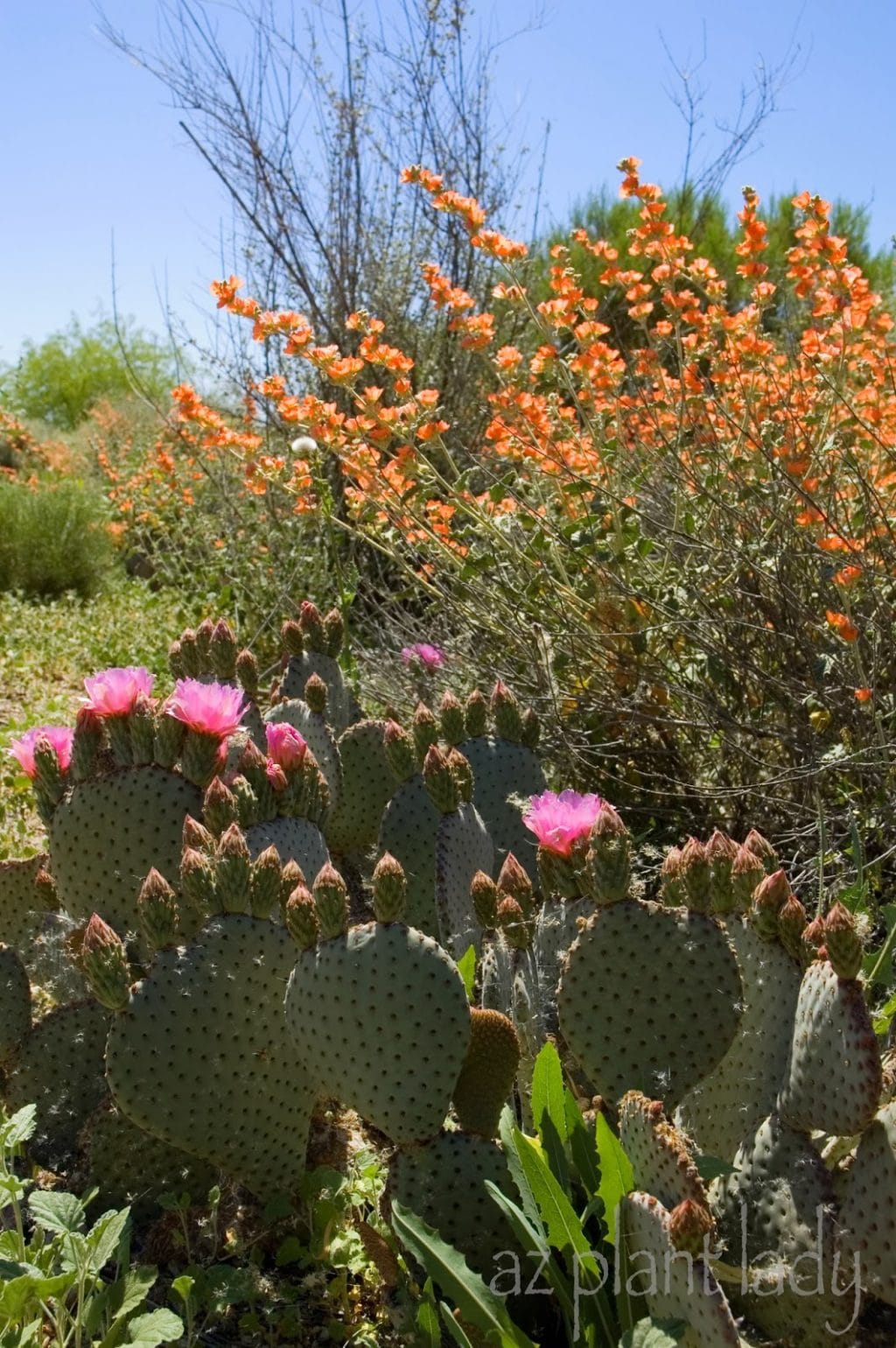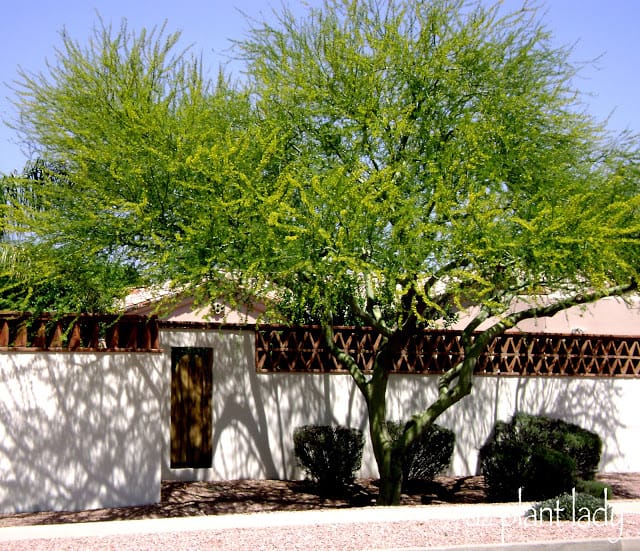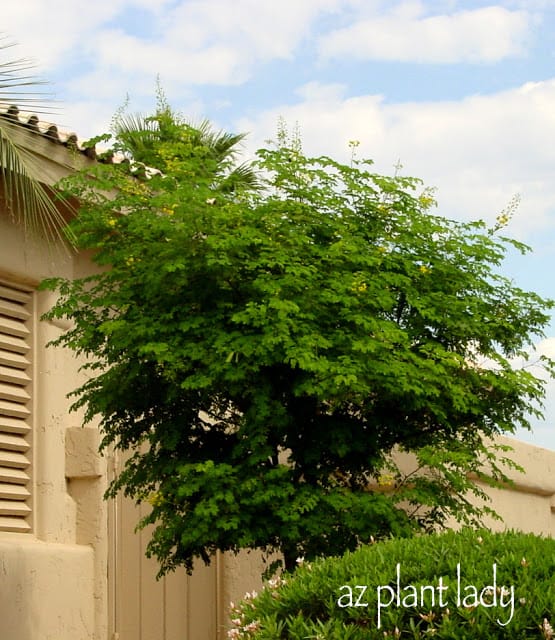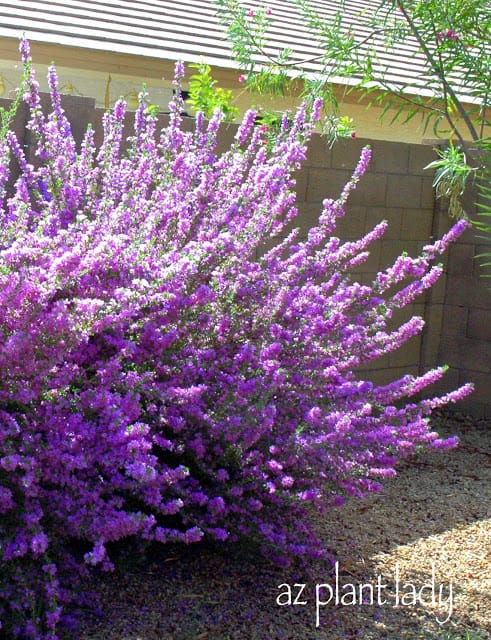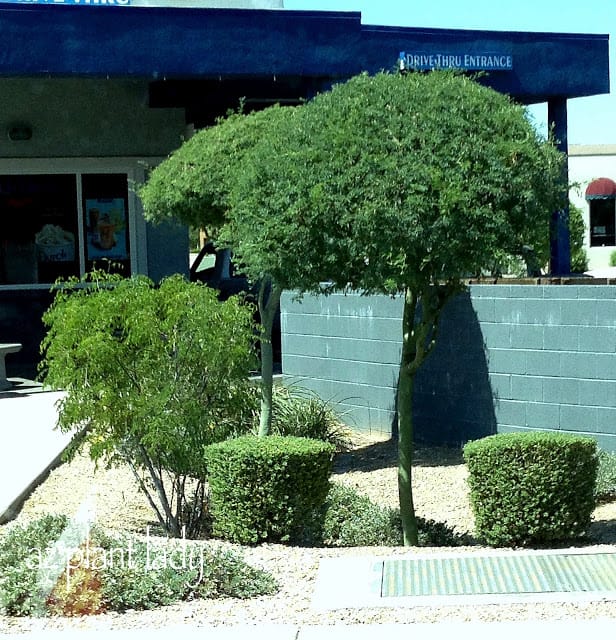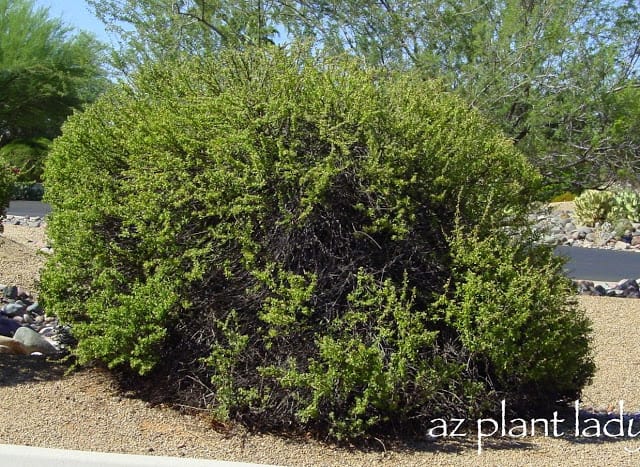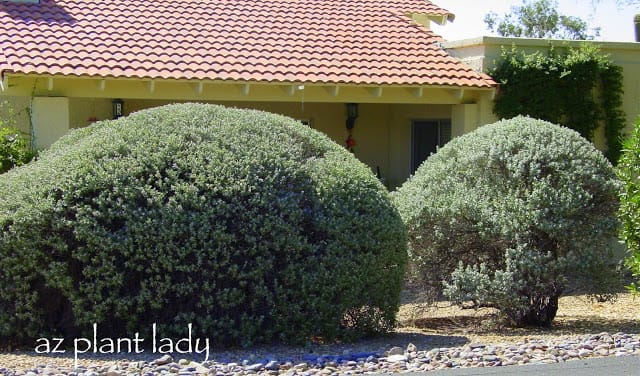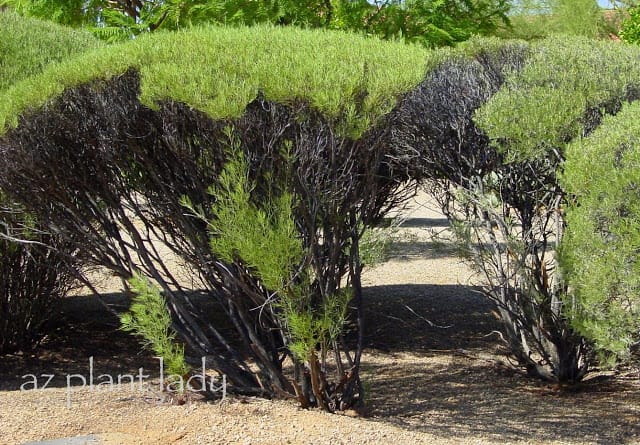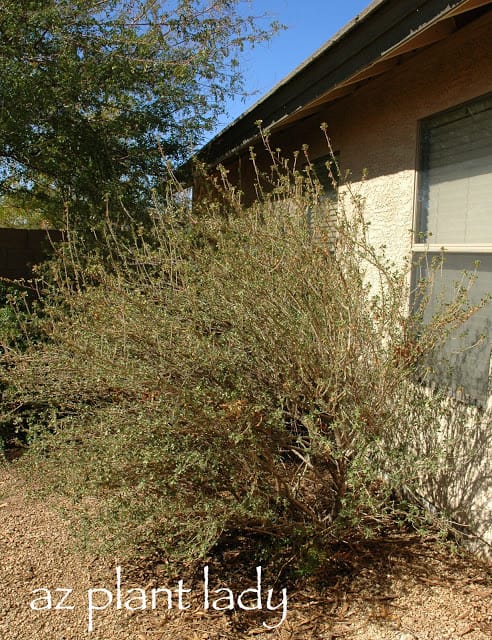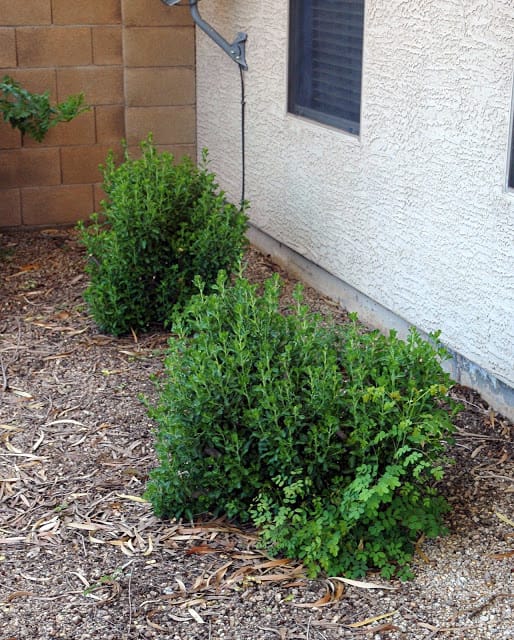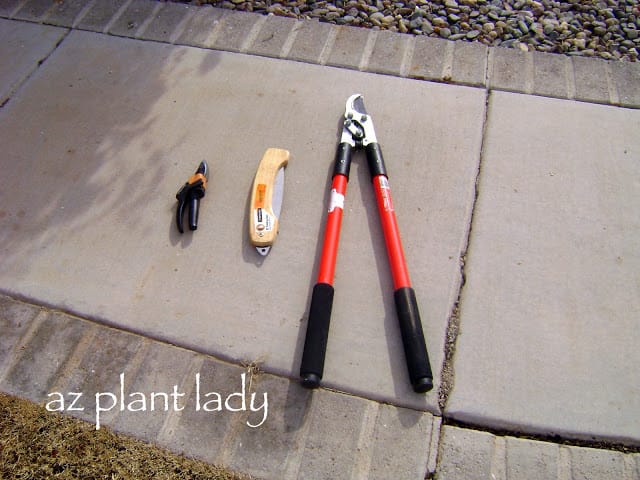A sustainable, low-maintenance landscape is not only beautiful, it can save the use of unneeded resources such as maintenance, time and money.
To date, our series on sustainable landscaping has talked about what is a sustainable landscape. Next, we talked about what often goes wrong in the landscape that causes us to use unneeded resources.
In our quest toward a more sustainable landscape, we started to discuss small steps that you can take towards a more sustainable garden. In part one, we covered plant selection and what types of plants to avoid as our journey toward a sustainable landscape progresses.
Today, we will finish up our series on sustainable landscaping with additional steps you can implement in your garden right now.
Reduce over-crowded landscapes by removing excess plants.
As you can see, there are far too many shrubs in this area, which helps to contribute to over-pruning.
To help solve this problem, simply remove the excess shrubs. How can you tell which ones to remove? First, find out what type of shrubs they are – in this case they are ‘Green Cloud’ Texas Sage (Leucophyllum frutescens ‘Green Cloud’).
Then use one of the resources I gave you last time to research the plant, which would tell you that this type of shrub will grow about 6 feet high and wide. So, the shrubs should be placed at least 6 feet apart.
Using the photo above as an example, start out with the first shrub on the left, measure out to the next shrub that is at least 6 feet away. Any shrubs between these two shrubs need to be taken out. Repeat the process until the remaining shrubs are at least 6 feet apart.
Stop unnecessary pruning.
These shrubs have plenty of room to grow in the landscape, yet they are pruned every couple of months.
This type of pruning is called ‘poodle’ or ‘cupcake’ pruning.
It is really quite amazing how much more work over-pruning causes and in ways you may be surprised to discover, click here to learn more. To reduce the amount of resources (green waste, water, plant replacement, and maintenance bills) wasted on unneeded pruning.
So declare your landscape a ‘poodle’ and ‘cupcake’-free zone. Believe me, your plants will thank you for it and your plants will look much nicer.
Allow shrubs to grow to their natural size.
When you allow enough room for plants to grow, the temptation to over-prune is greatly lessened.
Plants have a lovely shape that we frequently ruin, by making them into ‘balls’ or other unnatural shapes. This does not only affect the health of the plant, it can also remove flowers.
Note: I am not saying that all pruning is harmful. Pruning done properly can be beneficial for plants.
So, what if you have a landscape filled with over-pruned shrubs. What can you do to transform them into more naturally-shaped shrubs that are more sustainable?
The answer is relatively simple and it does involve pruning…
This over-pruned shrub is located in my neighborhood. I cringe whenever I walk by it while walking our dogs.
It is seldom allowed to grow any leaves before the landscapers come just about every leaf off. Frequent over-pruning has led to old, woody growth that is unproductive.
The solution to transforming this shrub is called rejuvenation pruning, which entails pruning the shrub all the way back to 1 1/2 feet. In most cases, this will stimulate attractive, new growth that you can allow to grow into their natural shape.
*I mention ‘in most cases’ because there is always a chance that the shrub will not recover from this type of pruning. However when this happens, it is usually an indicator that the shrub was already declining and would not have lived long regardless of whether it was severely pruned or not.
Below, is an example from my own garden…
On the left, you can see a sage shrub that has been allowed to grow into its natural shape, which is more sustainable then over-pruning. In addition, I also get a lot of beautiful flowers.
Every 3 years of so, when the branches become woody and unproductive, I prune it back severely (in spring) and within 4 – 6 weeks, it is already growing new branches filled with attractive foliage.
Water your plants deeply and infrequently.
Would you be surprised to discover that 80% of your water bill is used outdoors? It’s true.
Would you also be shocked to discover that most of us over-water our plants? In fact, more plant problems are caused by over-watering then under-watering.
So, why waste water, which is a precious resource in the western United States needlessly?
While you can have a landscape filled with desert-adapted plants that need no water, after established – your plants will look better if given some supplemental water.
For my own landscape – I water my shrubs and perennials once every 3 weeks in the winter months and it looks beautiful.
In the summer, I water every 7 – 10 days.
The key is to water shrubs to a depth of 2 feet, perennials/groundcovers to 1 foot and trees to 3 feet.
So, how do you know how often to water?
There is excellent information available for the Phoenix metro area that you can access here.
For those of you who in other arid climates – check with your local extension office for watering guidelines.
However, if that seems rather complicated, there is a new irrigation controller that does all the work for you. All you have to do is enter your zip code, once the controller is installed and it will keep track of your local weather and water your plants only when they need it. You can find out more about this Smart Irrigation Controller, here.
*For those of you who would like more information, I have written more extensively on landscape watering for desert gardens that you can access here.
********************
I hope you have found these posts helpful toward your goal of creating a more sustainable landscape.
Our last post will cover the last small steps that you can do to achieve a sustainable garden, so please check back.




